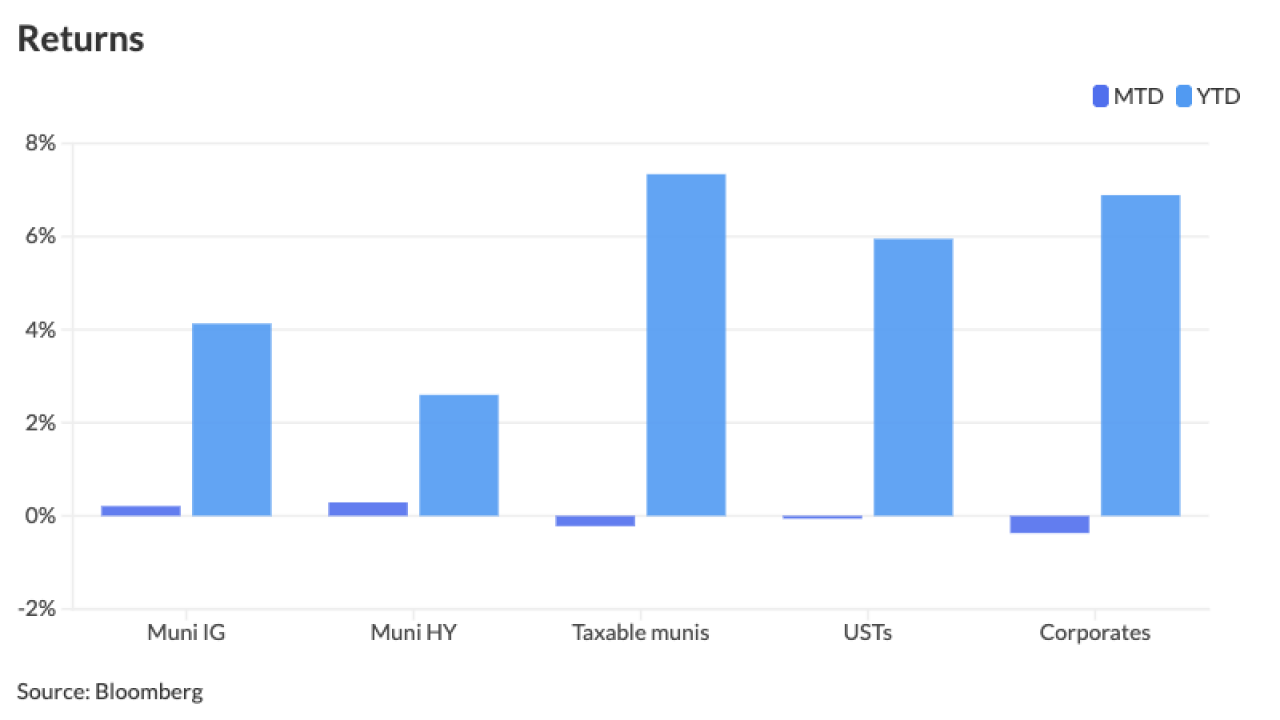California lawmakers have approved a $300 billion fiscal 2023 spending plan, setting the stage for what is likely to be some horse-trading with the governor over the final budget. The fiscal year begins July 1.
Gov. Gavin Newsom and fellow Democrats, who control the legislature, are not in agreement on some significant sticking points, including how a taxpayer refund will be handled.
The Legislature’s budget is 95% the same as what the governor proposed, Sen. Nancy Skinner, D-Berkeley, who chairs the Senate’s budget committee, said on the Senate floor.

“It was crafted based on the budget presented by the governor in January and his May revisions, and refined over seven months,” Skinner said.
Anthony York, a Newsom spokesman, said when legislative leaders
The state has a $97.5 billion surplus with $49.2 billion available for discretionary spending, according to the lawmakers' budget, Senate Bill 154 and Assembly Bill 154.
The Legislature’s $300 billion spending plan would include total reserves of $37.5 billion, split between four reserve funds, nearly twice the $19 billion set aside in the 2019-20 budget.
It would give taxpayers who are making less than $250,000 for joint filers or $125,000 for single filers a $200 rebate for themselves and each dependent. A family of five would receive a $1,000 rebate.
Their $8 billion refund plan compares to a $10 billion proposal by the governor that would provide $400 gas tax rebates for up to two cars per family and $1,000 retention bonus payments to 600,000 healthcare and nursing home workers.
Lawmakers would provide $1.3 billion in fiscal relief to small businesses and non-profits: $870 million to repay increases in federal unemployment insurance costs for the first 250 employees, $250 million to offset COVID-19 paid sick leave, $100 million for COVID-19 relief grants and $75 million in a drought relief program for farmers.
The governor’s
Changes include spending more on categories allowed under the state’s
For instance, the lawmakers' plan would spend $3 billion more on infrastructure, a spending category exempt under the budget ceiling. While the governor’s revised budget would have been $3 billion over the Gann limit, lawmakers claim their budget is under the limit.
“It keeps spending under the state appropriation limit by $20 billion fiscal 2022-23 and sets a path to stay under the limit for the next two years,” Skinner said. “It’s the right balance of fiscal relief for families and businesses, funds infrastructure and other items, and does it with one-time investments.”
Lawmakers included more money for transportation, schools, housing for college students and more money for affordable housing and to alleviate homelessness, said Assemblymember Phil Ting, D-San Francisco, who chairs the Assembly budget committee.
“There has been a lot of discussion about what we don’t agree about, but there is a lot we do agree about,” Ting said. “This is a budget agreed upon with the Senate – and it’s an over 1,000-page bill.”
If lawmakers approve a budget focused on one-time spending, it could have
As has become customary, minority-party Republicans cried foul prior to the budget’s party-line passage by Democrats in the Assembly and Senate on Monday.
“There are some items we agree on,” said Assemblymember Vince Fong, R-Bakersfield. “But with a nearly $100 billion surplus, it fails to address issues in the state, like the affordability crisis. Ongoing tax relief should be given to Californians and small businesses, and nothing in this bill does that.”
Fong, and Sen. Jim Nielsen, R-Tehama, vice budget chairs in their respective houses, both criticized the state’s practice of fleshing out budget items with trailer bills after the July 1 budget passage.
“We can tell the public we got a budget passed, but can we tell citizens what is in that budget? Likely not,” Nielsen said.





